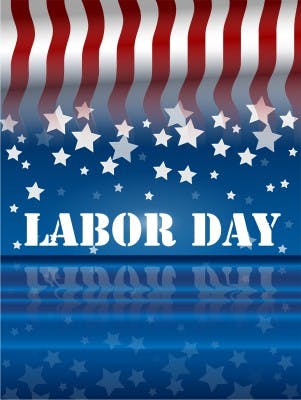As a recruiter, I speak so often to candidates about the importance of being clear about their personal brand statement.
It is critical to know your strengths, the sweet spot of your skill set, and how to explain your background to a potential employer. Without this clarity, you may be overlooked in the screening process.
That said, I am also seeing companies that are not clear on what they want. Thousands of jobs are going unfilled and hiring processes are going on for so long that companies are losing perfect candidates simply due to a lack of clarity around what they want and need.
Clearly, hiring managers want to ensure that they are thorough and hiring the right person.
But the answer is not a job description that reads like an engine part specs sheet — packed with a litany of skills and obtuse requirements like “hit the ground running,” and then culminating with a subpar salary.
Rather than continue with an approach that keeps employers with vacant positions and qualified candidates out of work, here are three hiring mistakes we’re seeing and our suggestions for rectifying them.
Mistake #1: The overwhelming, unrealistic job description
At our creative staffing firm, Communications Collaborative, we require our account managers to collect in-depth, detailed job descriptions.
At first, there can be pushback, especially if there is already a formal job description in place. The first mistake is to take the “everything but the kitchen sink” job description at face value and not ask questions. Our job is to decipher, analyze, and probe deeper to uncover the most important aspects of the job.
The better job order we can take, the better candidate we can provide.
Hiring managers need to think about what they cannot live without. Those are the requirements that should be the first bullets of a job spec.
It should describe a day in the life of what this person would be doing. It should consider where the ideal candidate comes from. It should include a salary range and “nice to haves.” The clearer and more honest you are in the description, the more likely you will be to attract the best candidate, whether it is on your own or through an agency like ours.
Mistake #2: The never-ending interview process
I recently heard of a candidate going in for a seven-hour interview.
Seven. Hours.
In the end, she did not get the job and what an absolute waste of time for both parties. If you bring the village to meet a potential candidate, you are making a big mistake. Limiting the interview process to two to four people should be plenty.
I had a creative director tell me he interviewed at a company where the interview process went on for three months. During this time, he interviewed at another company where the interview process was a couple of weeks.
Both companies offered him a job, and the one with the interminable process offered nearly 30K more. Ultimately, he chose the lesser-paying role at the company where the process moved quickly.
He said he was so turned off by the slow-moving firm and how they treated him along the way. He felt like his experience was a precursor to how they did business in general.
A candidate’s time is just as valuable as the client looking to hire. It doesn’t matter if you are hiring an 80K copywriter or a 200k VP of Creative. A company’s hiring process can affect their brand and street cred with other executives and recruiters.
Mistake #3: Never taking a risk
In this post-recession climate, we’re finding that many companies simply refuse to pull the trigger and make a hire, blaming the “shortage of good talent” and “poor candidate pool” for their inability to fill an open req.
Some would rather continue to burden existing staff versus hire someone who has 90 percent of what they are looking for. The remedy for this is for employers to move beyond a recession mentality. Keeping staff flat and never taking the plunge with a new hire might sustain your business, but it certainly won’t help it grow.
By all indications, we are seeing the signs of economic recovery, and employers ready to hire would be wise to become more realistic in their approach and expectations.
A longer description won’t produce a miracle and a six-month interview process won’t uncover a super hero. However, clear, concise job descriptions, an efficient interview process, and realistic expectations of the job market will put you in the best position to uncover the person you need.
This originally appeared on the Pile+Company blog.
